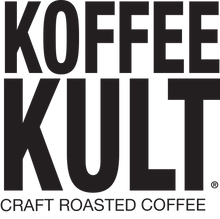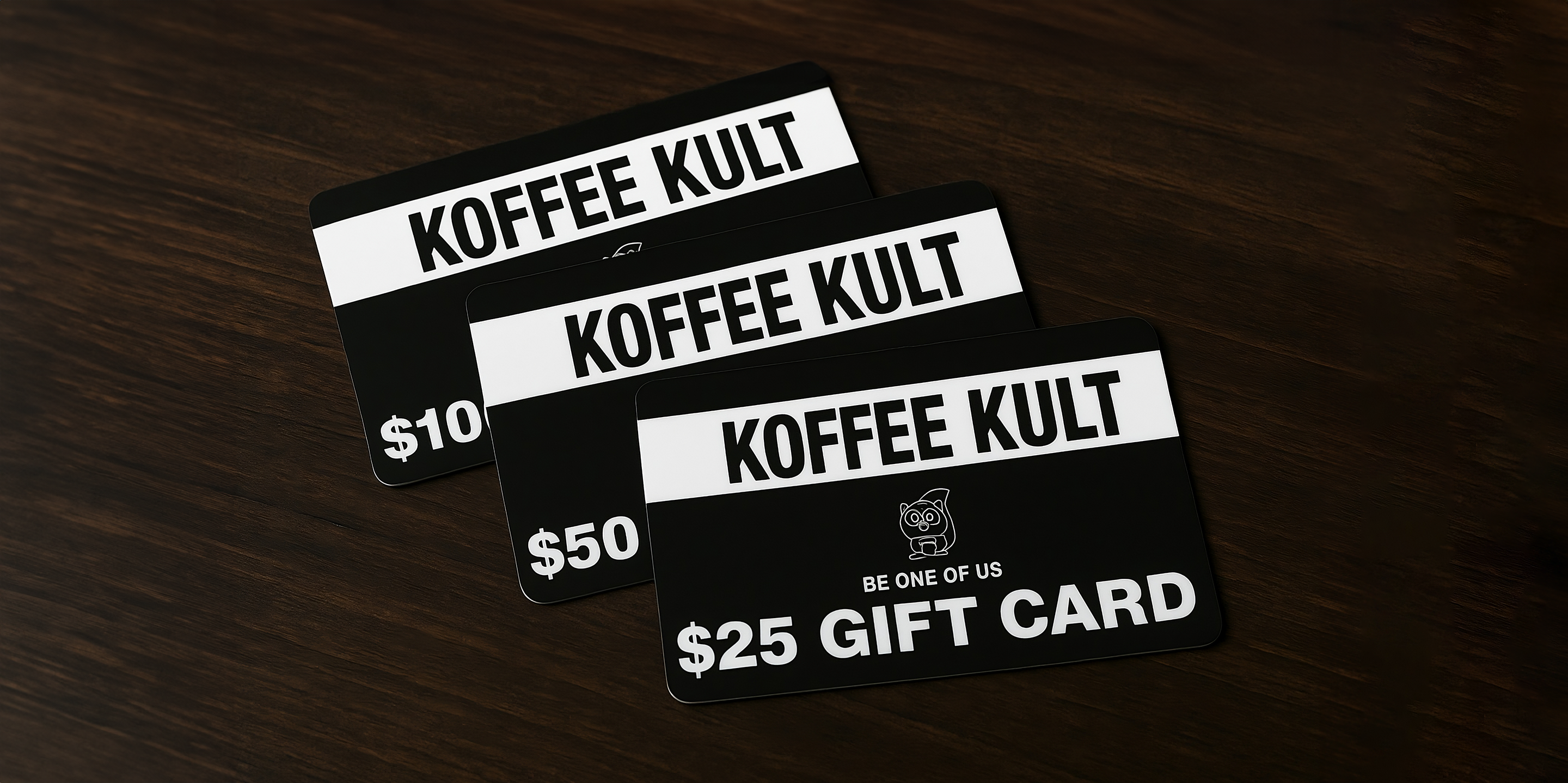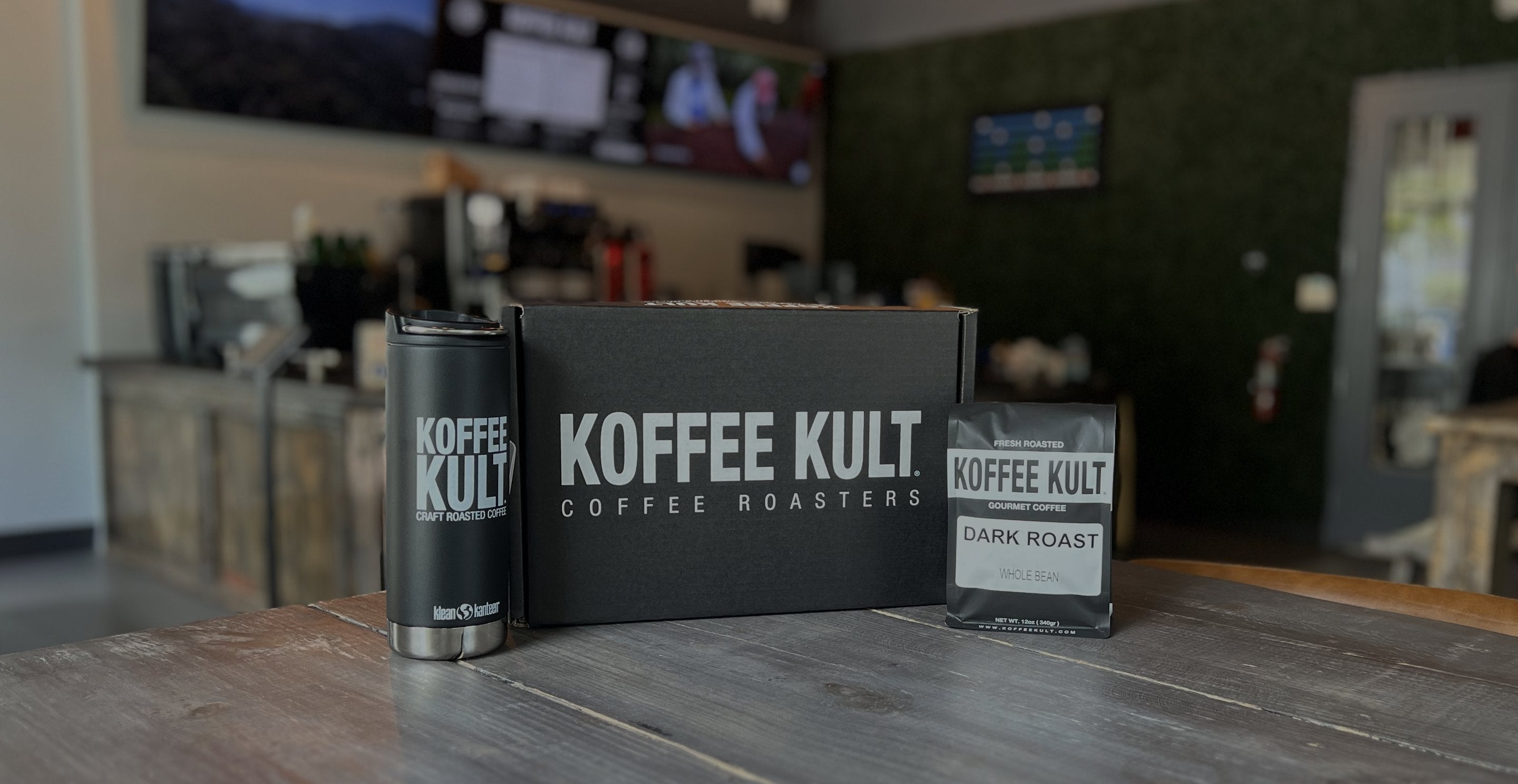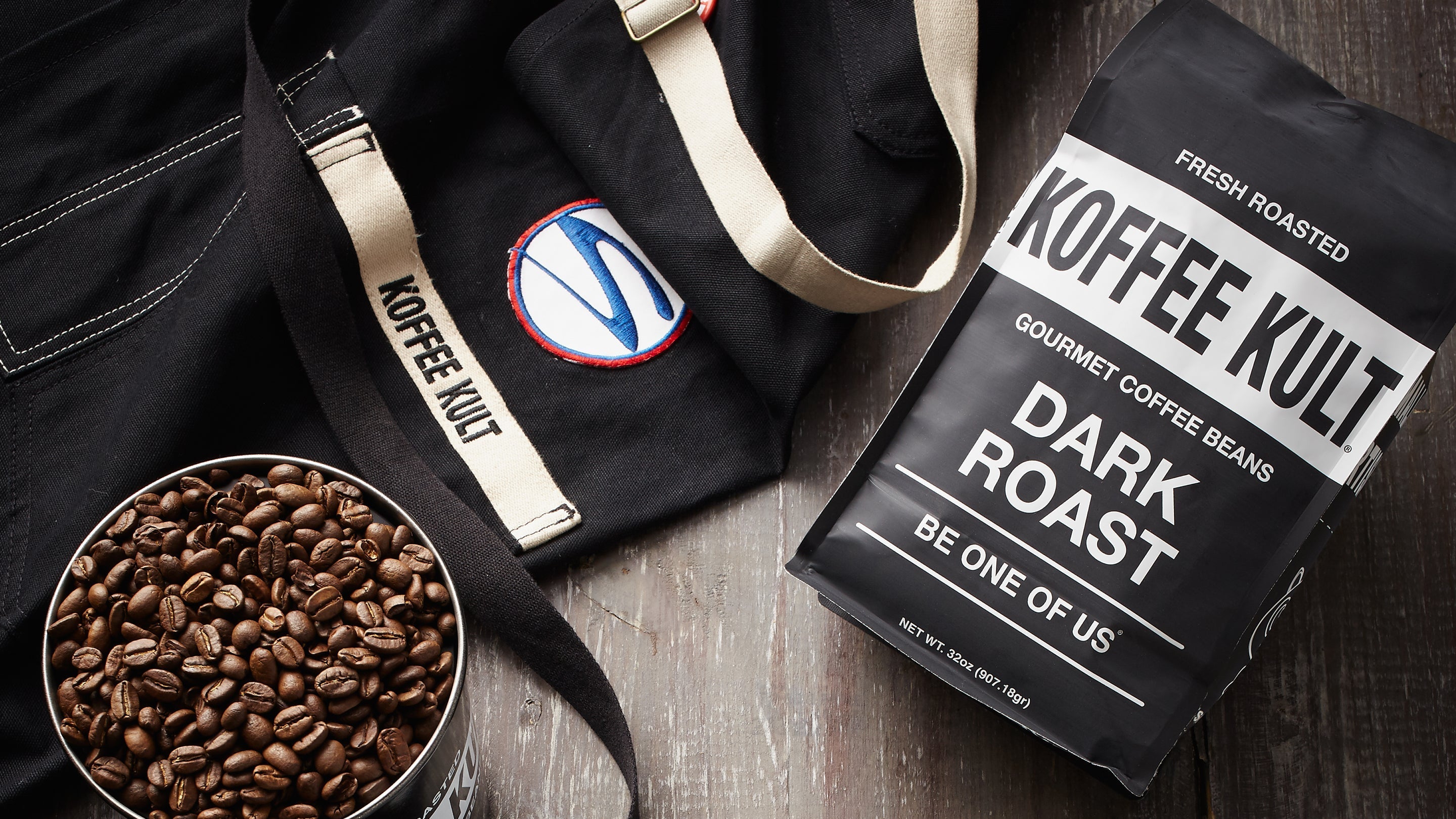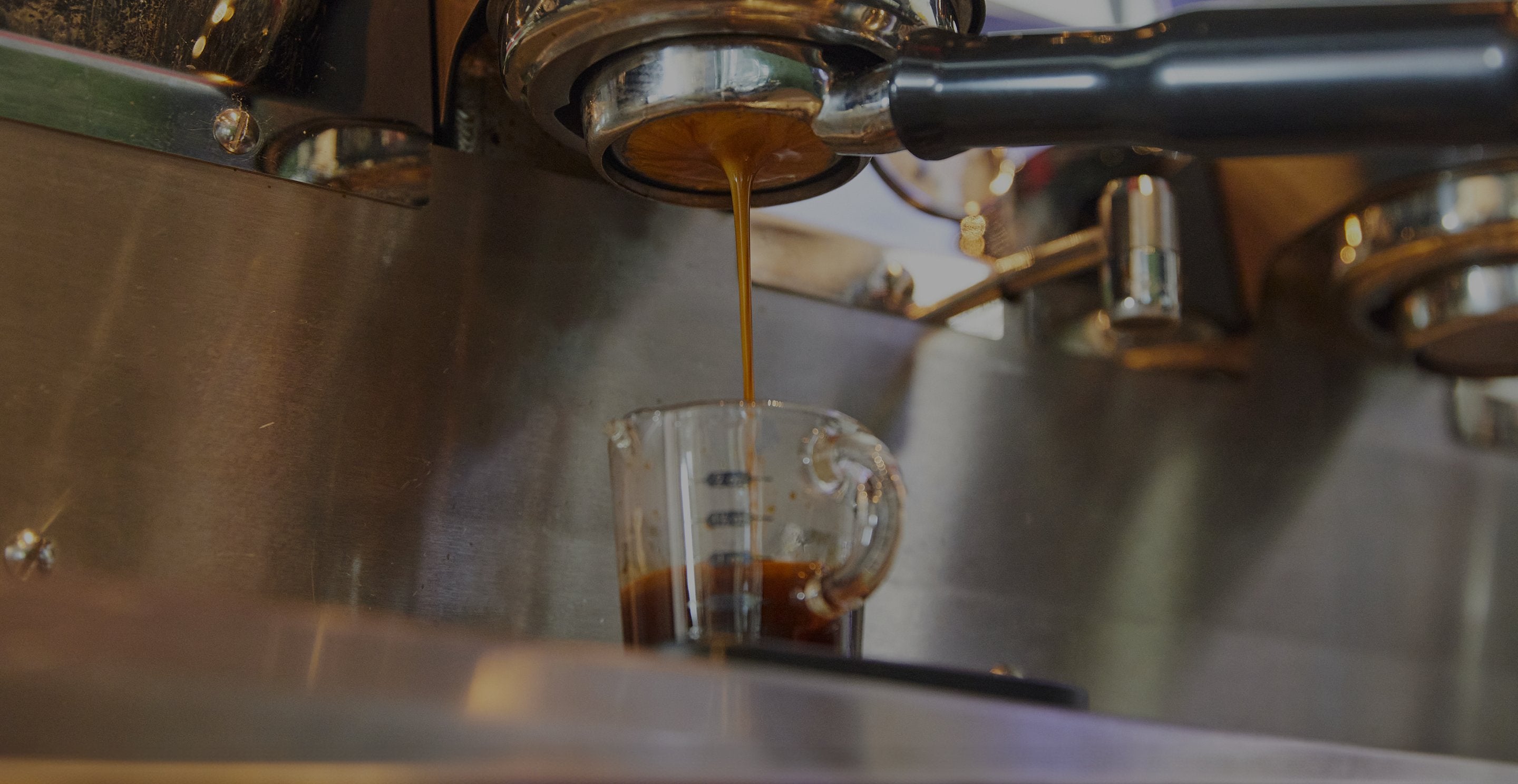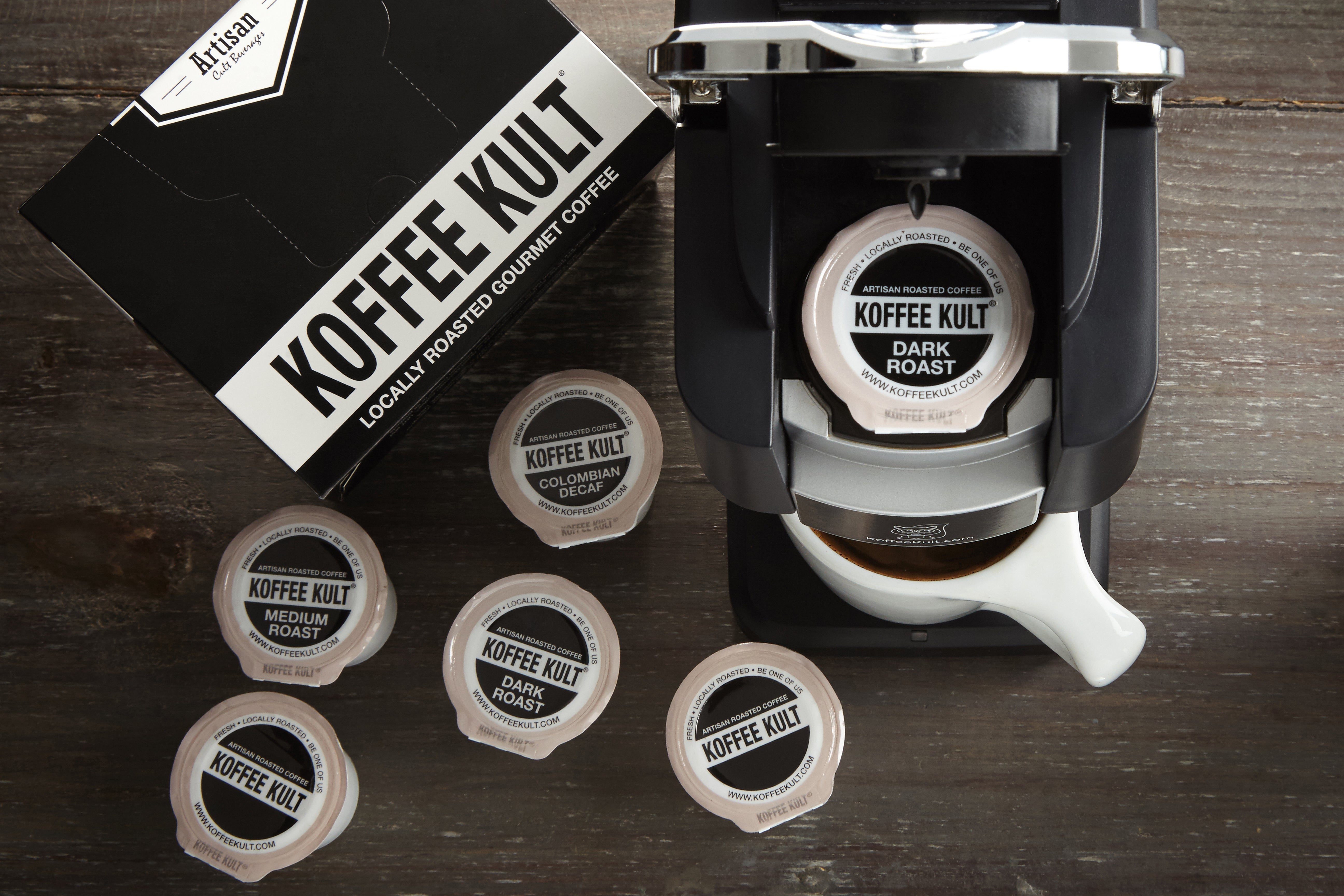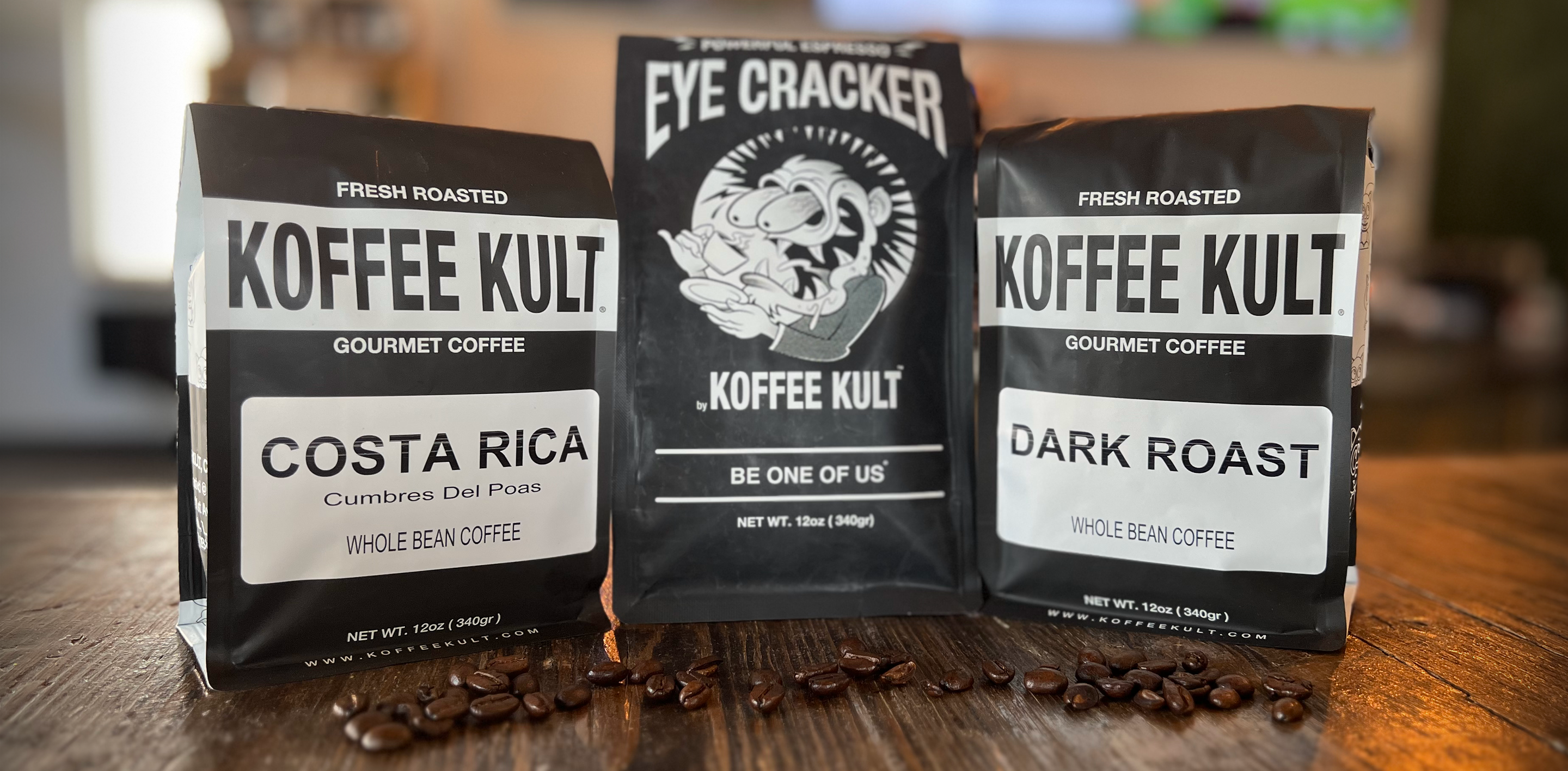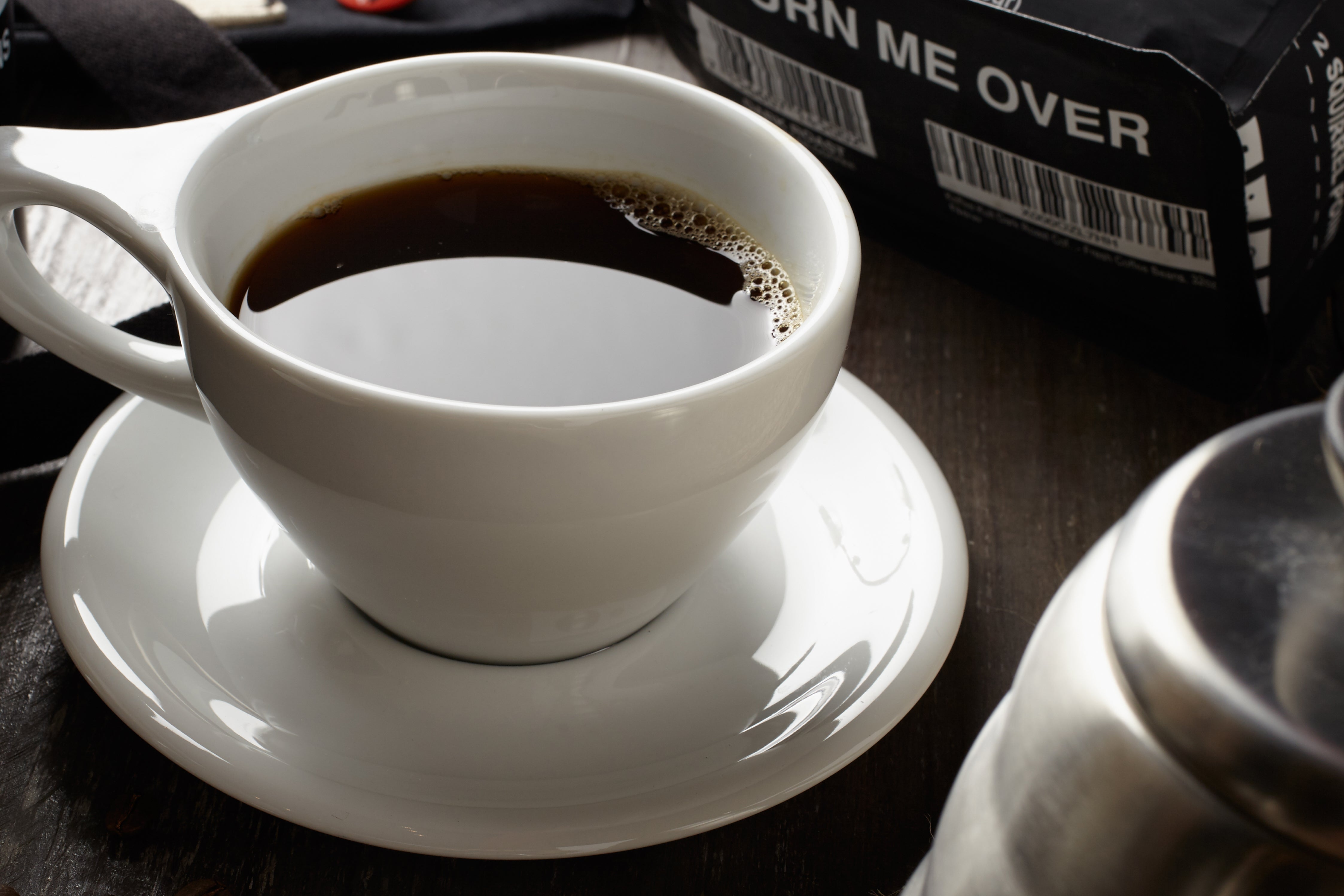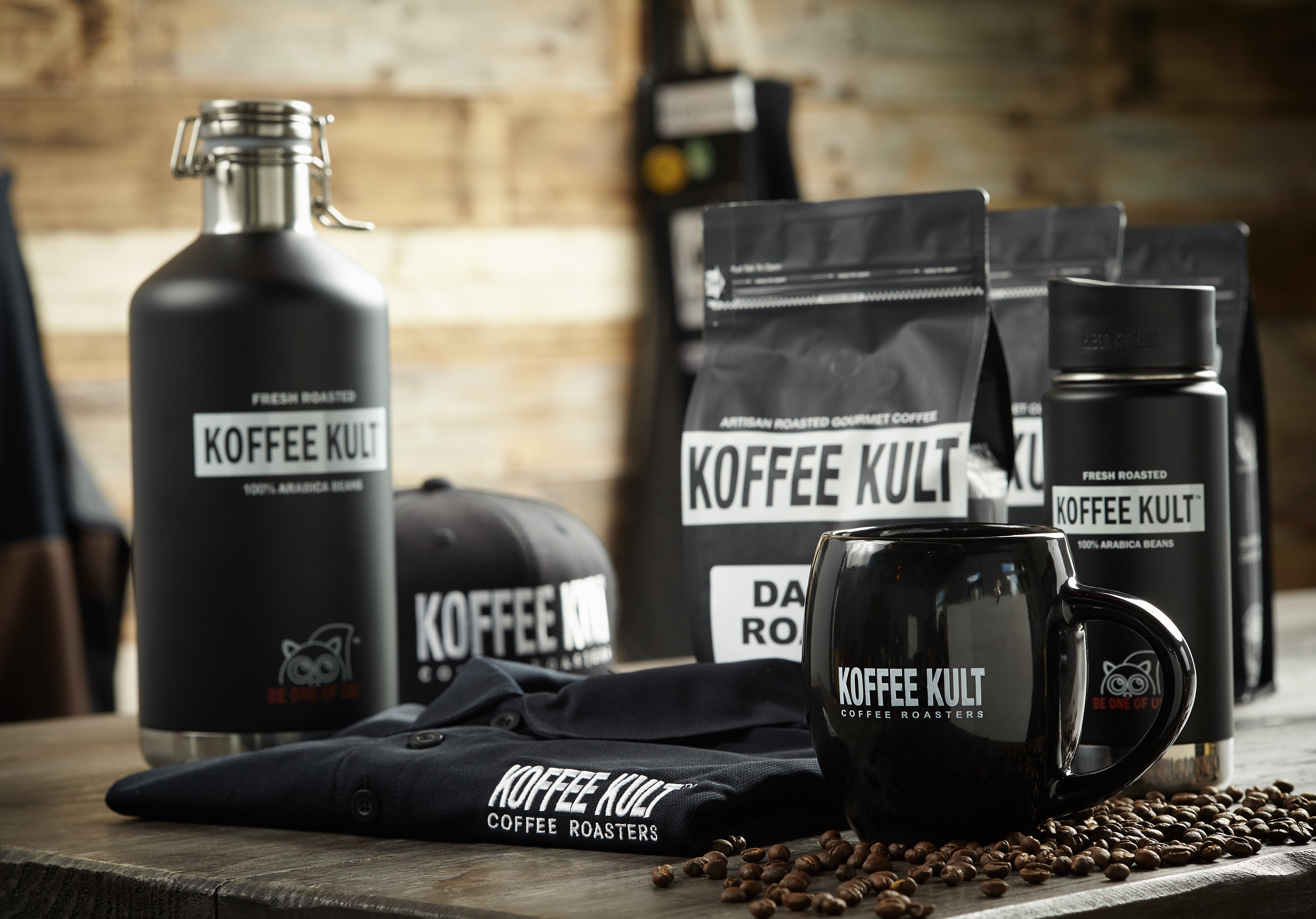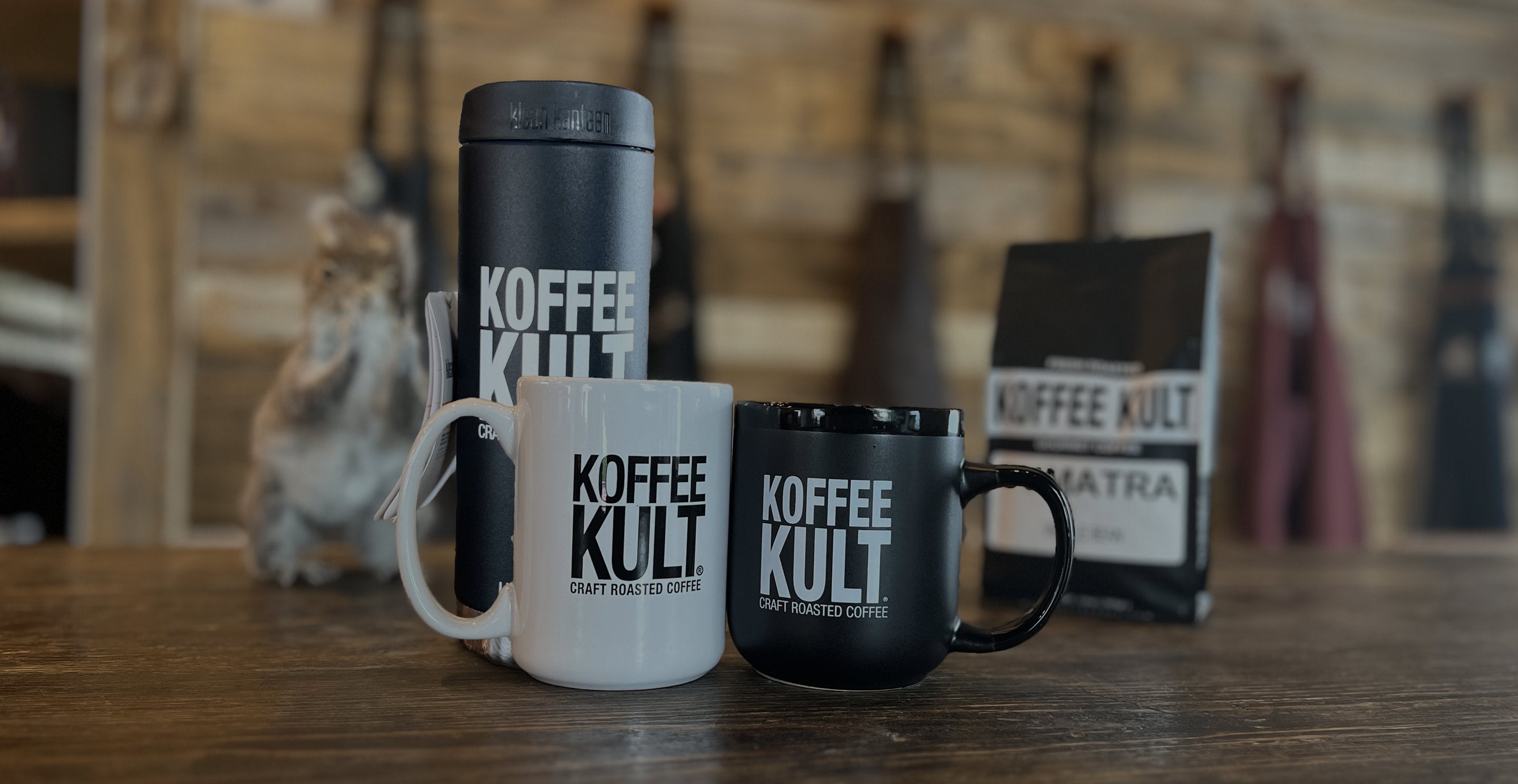What Actually Happens During Coffee Roasting?
We all know the smell and look of those delicious brown coffee beans, but they don’t start out looking like that. In fact, they are not brown at all. Yes, we know, shocking. Coffee beans actually have a tannish, green look to them before they are roasted and the coffee you know and love can be extracted.
First stage of the beans. Premium coffee beans start out as coffee cherries that are picked from a plant. Before these cherries can be roasted, the beans must be extracted from the cherries through processing and a drying process. These processes prepare the beans for their best form before roasting, which is called green coffee.
Green beans are sorted, graded, and shipped to roasters in preparation of coffee brewing. When we take green coffee beans and turn them into brown beans, this is the roasting process. What exactly happens during this process though?
First off, when premium coffee beans are roasted, its chemical and physical make-up are transformed. Once transformed you’ll immediately notice a change in aroma and the most obvious, its physical appearance. Once brown, the coffee can be ground and turned into the many different coffee drinks you enjoy.
Roasters have a lot to consider during coffee roasting. The altitude that the coffee was grown, density of the beans, and the temperature which they are roasted all factor into the outcome of the beans. As important as the roasting process is to the bean, the bean is just as important to the coffee roasting. What does this mean exactly? No matter how great of a roaster you may be, if you are roasting a poorly grown bean, roasting will not make that bean better. However, if you are a poor coffee roaster attempting to roast a high-quality bean, you can downgrade the quality of the bean once roasting is complete or not done correctly. During the process, roasting can affect the acidity and sweetness of the beans. This is why coffee buyers and roasters spend a lot of time “cupping coffee.” Any true coffee roasters understand the importance of cupping for high-quality coffee. Cupping helps roasters understand consistency and quality of different roasts to guarantee quality coffee of different roasts.
Another additive to roasting is a keen eye on the beans during roasting. If your roaster does not have an automatic mixer during roasting you must constantly mix, rotate, and move the beans to prevent burning. Roasts are typically aimed at four main categories for roasts: light, medium, medium-dark, and dark roasts are the most common. All of which fall under specific roast profiles. Roast profiles essentially are like recipes for roasting. They are comprised of different data and what exactly goes into produces certain flavors, aromas and roasts to produce specific coffee. Unfortunately, a lot of work goes into produces a single profile. A roast profile can be perfect through different roasting styles, temperature changes, and cupping sessions.
Try some of our Koffee Kult famous roasts and buy more coffee here.

